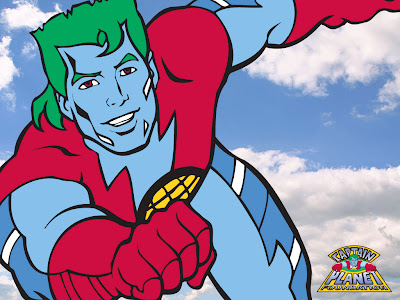 |
| Some of Kip's gear on the left and Liz's lotions on the right. |
What exactly does a person pack for a year-long trip around the world?
The
short answer, at least for us, unfortunately, is “entirely too much.”
We’ve done our fair share of backpacking trips--from long weekends
hiking and camping, to multi-month journeys in faraway locales. We should have
a well-honed system by now.
But similar to our dependence on “Serendipity” when it comes to booking travel in advance (don't over-think or -plan it), we relied on past experience and
guess-timation for packing our bags.
Not bright. Not bright at all,
particularly knowing that every item we chose had to fit in packs carried on our
backs.
Three weeks into our one-year trip, and we’ve learned two things—Kip is a
gear head, and Liz has an over-dependency on lotions, clean underwear, and
doctor-prescribed medications (what if we catch malaria or dysentery!).
So here’s the packing list:
IN KIP’S BAG: The Gear: computer, cameras (2), zoom lens, underwater housing,
small tripod, remote control for cameras (2), iPhone, associated
chargers/chords (lots), books (3), scuba mask and snorkel; The Clothes: flip flops, one pair of shoes,
shorts (2), underwear (2), socks (1 pair), shirts (3), pants (1).
IN LIZ’S BAG: The Drugs/Lotions: antibiotics (2 bottles), anti-malarial
(2), motion sickness (2), anti-diarrheal (3), altitude sickness (2), sunscreen
(2), moisturizers (2), mosquito repellant, first aid kit; The Clothes: way too
much clothing, particularly the underwear (15); Miscellaneous: iPhone, books (2), scuba mask and snorkel.
In addition to the fact that we should know better, worse is that it’s
not like we’re stuck in places without stores. Hell, much of what we’re
carrying is made in the countries we’ll be visiting.
The only systematic thing we did, which is working quite well, is to use the pack-inside-a-pack method. A small backpack holds what we can’t afford to lose or break. Passports, camera(s), computer, a book, iPhone. The larger bag holds the small pack and items like clothes and shoes. Getting on a bus or boat? Grab the small bag and throw the big one on the roof worry free.
Let it be known, as of today, we pledge, here and now, mostly to each
other, to donate locally or ship back to the U.S. at least two items we really,
truly don’t need.
For Kip, that means at least one piece of gear. Ideally, two. Heavy
ones.
For Liz, that includes at least one pair of underwear. And maybe one type
of lotion. That she’ll no doubt replace. At the very next place we visit.























































